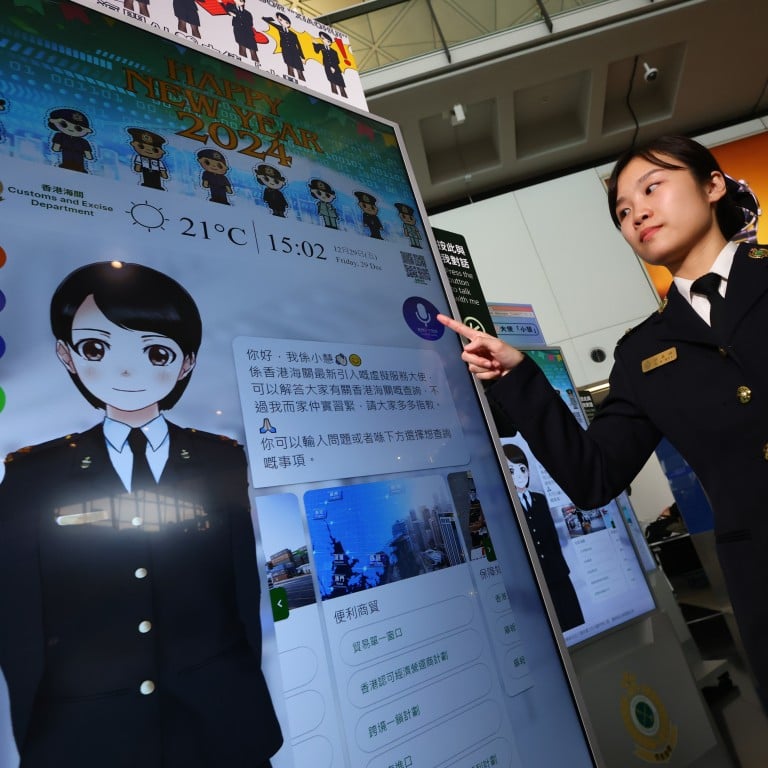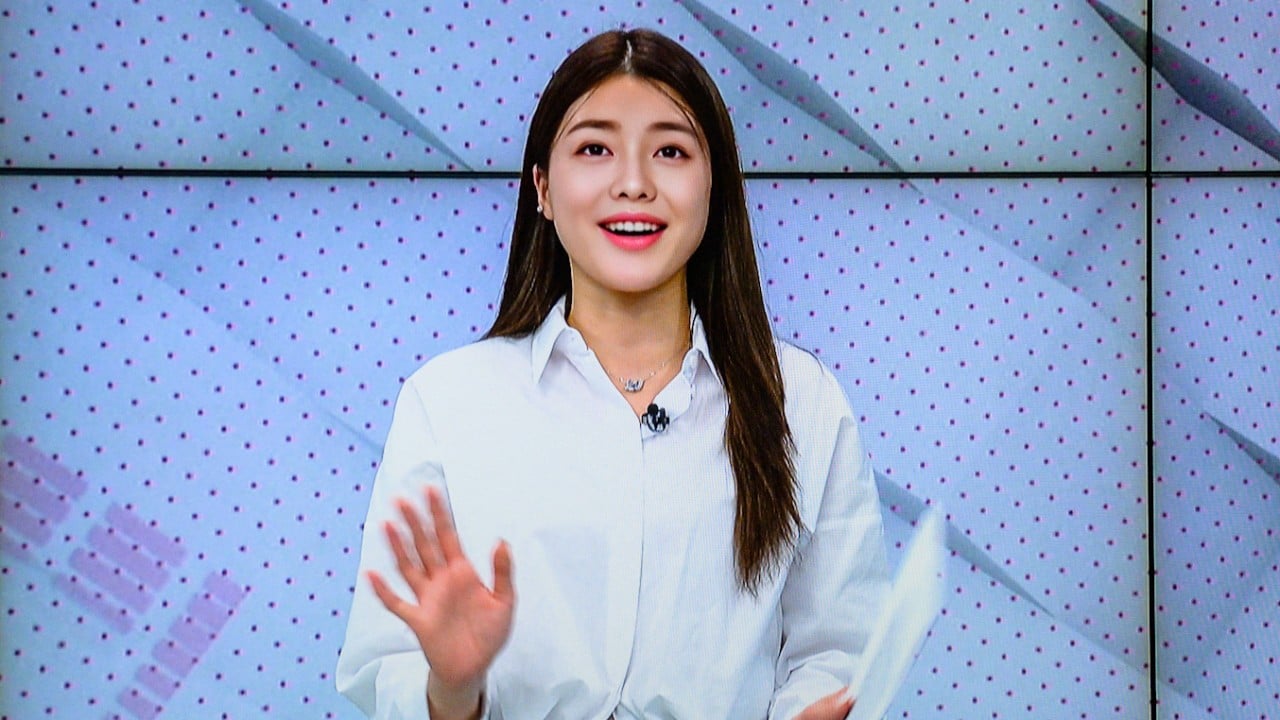
This year, prepare for the magic wand of generative AI to transform our world
- Generative AI is becoming active, multimodal and being embedded in PCs and smartphones, penetrating our daily lives in profound ways
- Governments must pay attention to ethical, privacy and copyright issues to ensure the positive development of the technology
IT experts believe that generative AI will play a transformative role this year, akin to a magic wand that changes the world. In light of these developments, what major trends in generative AI can we expect this year?
This suggests that human-machine communication will one day effortlessly incorporate mixed media, as ChatGPT is starting to do. Users can input non-textual cues, such as images, making the conversation more convenient and natural.
Furthermore, multi-modal generative AI is poised to enhance the creative capabilities of artists and improve the efficiency of professionals in fields such as writing, journalism and music. When appropriately used, multi-modal generative AI can spark artistic inspiration, generate work drafts or even fully automate content creation.
Auto agents can both generate and respond to prompts, performing tasks more rapidly and efficiently. A recent example is the AutoGPT system, which recently raised US$12 million in a funding round. The goal is to develop AutoGPT into a large-scale open-source AI platform, serving various industries.
A plethora of intelligent devices with diverse generative AI functionalities is emerging.
Generative AI applications that operate locally on personal computers and smartphones are built upon the concept of “federated learning”. This approach can afford consumers higher levels of privacy protection and security since these platforms do not need to send user data to the cloud for tasks such as searches or information organisation.
Meanwhile, by analysing user-specific data such as preferences, behaviours and conversations, this type of generative AI can optimise its performance based on individual characteristics and requirements, providing tailored content and task execution. This not only addresses concerns regarding privacy and security but also saves consumers time and effort.
Could AI free us to return to the pursuit of wisdom?
It is also capable of meeting the demands of “connective intelligence” for new technologies. Connective intelligence is a key force driving the development of the 6G network, enabling real-time, reliable and ubiquitous interaction and communication between humans, the physical world and the digital world. This results in the creation of a decentralised and continually evolving intelligence, making it easier for users to share their discoveries and experiences with each other.
In summary, by the end of 2024, generative AI will become an invaluable assistant, providing support and help across different industries. Its powerful analysis and predictive capabilities will enable people to handle complex tasks and problems more efficiently, offering real-time solutions and recommendations.
How cooperation on AI governance can curb risks and create a better future
Whether in fielding queries about professional knowledge or optimising and automating business processes, generative AI will play a crucial role. It will also become the ideal companion in consumption, leisure and entertainment.
Through personalised recommendation systems and intelligent assistant features, generative AI will gain a deep understanding of user preferences and needs, providing customised product and service suggestions. Whether in shopping, travel, music, film and television entertainment or social interaction, generative AI will enhance our experiences.
Wong Kam-fai is a legislative councillor, associate dean (external affairs) of the Faculty of Engineering at Chinese University and vice-president of the Hong Kong Professionals And Senior Executives Association


